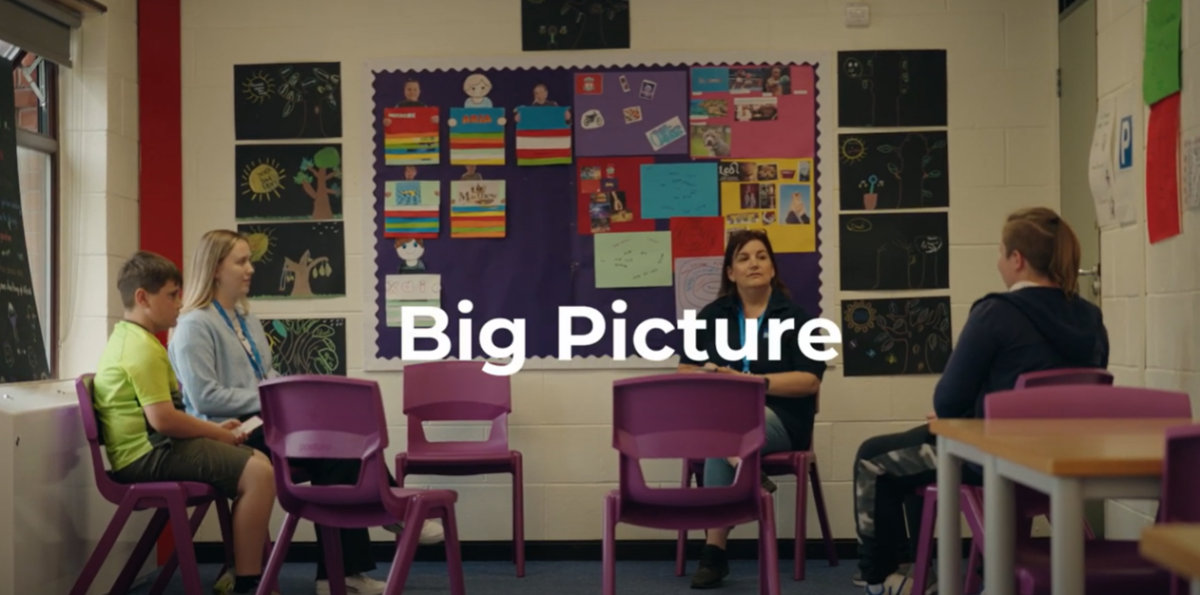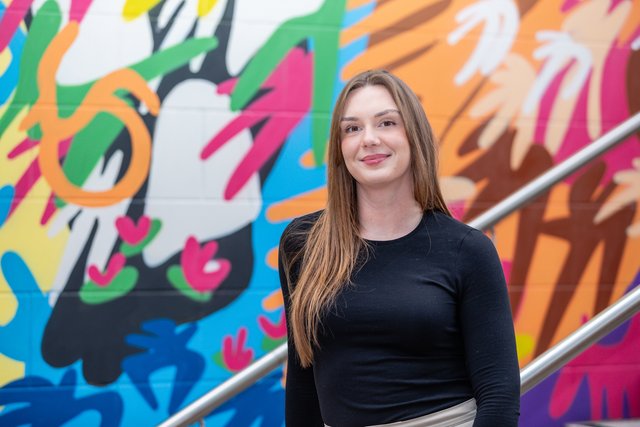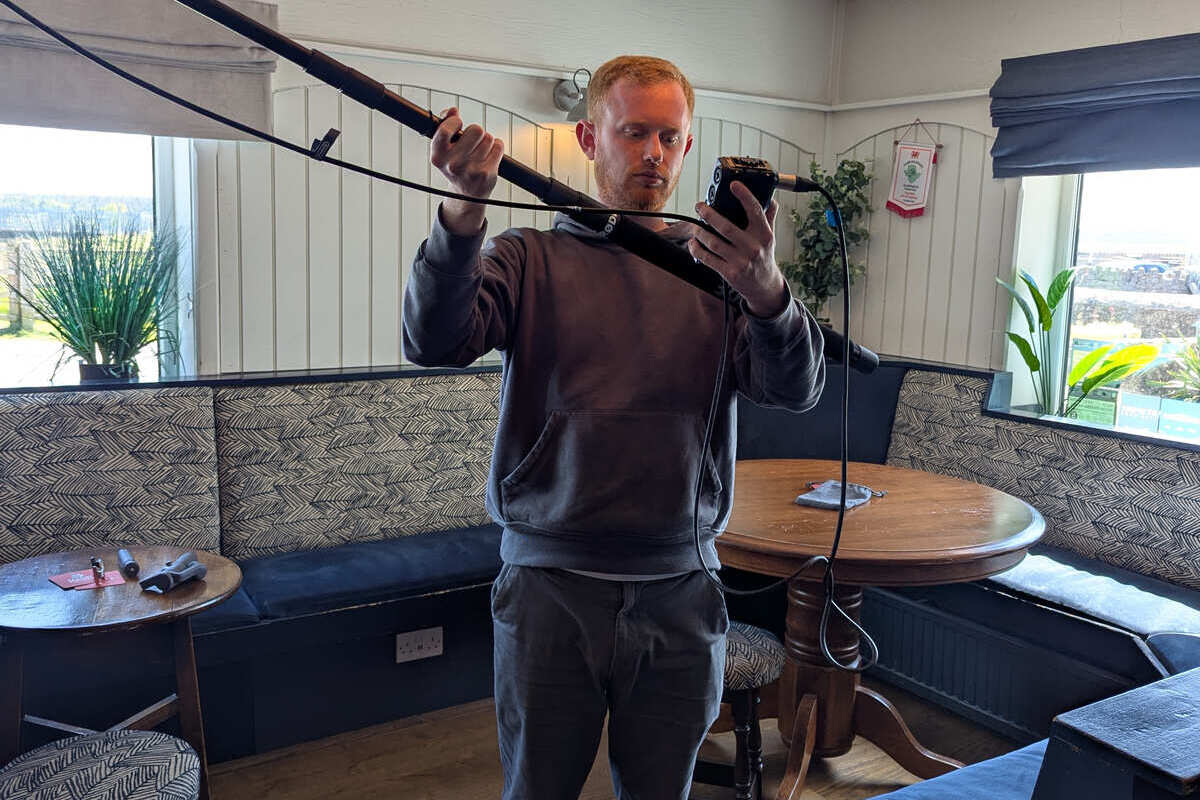Large inequalities in use of private tutoring but NTP is levelling the playing field

New research published today (8th March) by the Sutton Trust provides a detailed picture of trends in the use of private tutoring as well as the extra tuition offered by schools in the wake of the pandemic.
The report, Tutoring: The new landscape, reveals that 30% of young people aged 11-16 report ever having had private tuition, up from 27% pre-pandemic, and is at the highest levels since 2005, when it stood at 18%. There are stark regional disparities in the use of private tuition, with 46% of pupils in London having ever had private tutoring, compared to 21% in Wales and 16% in the North East.
The findings are drawn from the Ipsos Young People Omnibus, an annual survey of pupils aged 11-16 in state schools in England and Wales, in which the Sutton Trust first asked questions about private tutoring in 2005. Young people taking part in the survey in 2022 were also asked if they had in-school tutoring. While 11% of 11-16 year-olds said they had private tutoring within the 2021/22 school year, a greater proportion, 24% had extra tuition at school – 34% of those in the worst-off households, compared to 22% in the most well-off.
The Ipsos survey findings are echoed by new data from the COVID Social Mobility and Opportunities (COSMO) Study, a national longitudinal cohort study of young people currently in Year 13 or equivalent in England, led by UCL and the Sutton Trust. 18% of COSMO participants said they undertook some private tutoring in Year 10 or 11, with wide inequalities in those who were taking it up. For those from the most well-off households by household income, rates were 32%, compared to 13% for the worst-off.
However, this picture is dramatically different when looking at the take-up of in-school tutoring. 32% of those in the worst-off households reported taking up extra tuition in school, compared to 22% in the most well-off. The total proportion of pupils accessing any form of tutoring (both private and in-school) is now almost level between the most and least deprived, thanks to the growth of in-school tutoring, with 39% of those from the most well-off households accessing tutoring, compared to 37% of those from the worst-off. The data also shows that regions with the lowest rates of private tutoring, such as the North East, East Midlands and Yorkshire, have the highest rates of in-school tutoring take-up.
The authors say that while use of private tutoring is continuing to rise, particularly for young people from the most well-off families, the National Tutoring Programme is allowing a much wider group of pupils to access tutoring, with the potential to help level the playing field between the most and least disadvantaged, if issues with delivery and targeting can be addressed.
The report provides an overview of the NTP and how it has been delivered to date, concluding that the early focus of the programme on quality provision was drowned out by an overriding objective to scale up. The researchers say this must be rebalanced towards quality, to ensure value for money and effectiveness of in-school tutoring going forward.
The Sutton Trust is calling for:
- The NTP to be established longer term, beyond its role in catch-up efforts, as an ongoing part of national provision for schools to close the attainment gap between poorer pupils and their better off peers.
- The NTP to be focused towards disadvantaged young people through stricter targets in uptake by those eligible for the pupil premium.
- Government subsidy for the programme to be maintained around current levels into the next school year (Currently the government pays 60% of the costs of tutoring, and schools 40%, however this is due to change to 25% government and 75% school in the 2023/24 school year).
- Improvements to the quality of school-led tutoring through greater Ofsted inspection, clearer links to the curriculum and a full evaluation of its effectiveness.
- Renewed focus on increasing high quality provision, particularly in parts of the country where supply is lacking.
Sir Peter Lampl, Founder and Chairman of the Sutton Trust and Chairman of the Education Endowment Foundation, said:
“Private tutoring reinforces the advantages of young people from well-off families. In an increasingly competitive environment for school and university places, the use of private tutoring has risen from 18% in 2005 to 30% now.
Although there have been issues with delivery, the National Tutoring Programme has been an exciting new development. It has changed the landscape of tutoring, giving young people the opportunity to receive tuition who would never have been able to afford it. Rather than treating it as a short-term catch-up programme, it should be part of an ongoing national effort to tackle the attainment gap.”
Sector Response
Paul Whiteman, general secretary of school leaders’ union NAHT, said:
“This report shows that although tutoring has historically been the preserve of the better off, the National Tutoring Programme is beginning to level that playing field.
“Unfortunately, the government will be reducing the subsidy for tutoring to just 25% next year, leaving schools to pick up the rest – something many will struggle to do, given how tight budgets are, especially given rising costs.
“The government must not think short-term when it comes to tutoring. The NTP has a real possibility to help with levelling up, if it is invested in properly. But if subsidies are left as they are the government could end up destroying its own initiative just as it begins to do some good.”
Geoff Barton, General Secretary of the Association of School and College Leaders, said:
“Access to private tutoring is obviously linked to income and this is one of many reasons why there is a long-standing attainment gap between disadvantaged pupils and their peers.
“The best way to mitigate this inequity is through the excellent education provided by schools and colleges, but government underfunding threatens standards and provision. Real-terms pay cuts have eroded the value of salaries, and systemic pressures which drive workload have left staff having to do more work with fewer resources. This has led to a situation where high numbers are leaving the profession and not enough trainee teachers are being recruited, leaving schools and colleges facing severe teacher shortages. The government must improve investment in schools, colleges and the education workforce or otherwise staff shortages will only get worse.
“Tutoring in schools is a partially subsidised programme from government Covid recovery funding but the subsidy is reducing from 60% in the current academic year to 25% in 2023/24. This means it will become far more difficult for schools to provide tutoring as their budgets are already under enormous pressure.
“If the government intends to embed tutoring as part of the education system – as it has previously stated – then it must provide the funding to enable this to happen.”
Kevin Courtney, Joint General Secretary of the National Education Union, said:
“The findings released today show that providing schools with direct funding is a more effective means of ensuring that the most disadvantaged students get the support they need.
“The imbalance between additional tutoring received by the most affluent students and the least affluent requires urgent attention and is likely to exacerbate existing educational inequalities. It’s clear that the Government must continue to fund an education recovery package, rather than requiring schools to contribute an ever-greater share. The Government has invested less than a third of what their own advisor said was necessary and the course of action they are choosing risks widening inequality rather than tackling it.”
NFER’s Head of Classroom Practice and Workforce, Dr Ben Styles, said:
“It is great to see that tutoring funded by the National Tutoring Programme (NTP) has resulted in a narrowing of the ‘tutoring gap’ between disadvantaged pupils and their peers, whose parents can afford private tuition.
“However, as this reports states, more research is needed, in particular around the most effective models of tuition. As part of our evaluation work on tutoring, NFER has identified at least 15 factors that might impact on its efficacy.
“As teachers continue to deploy tutoring in schools, they need evidence on what kind of models work well to ensure this valuable resource is not squandered.”
Additional Information
Data included in the reportTutoring: The new landscapecomes from:
- The Ipsos MORI Young People Omnibus, an annual survey of pupils aged 11-16 in state schools in England and Wales, in which the Trust first asked questions about private tutoring in 2005, and then annually since 2009. Fieldwork for the latest data, shown here for the first time, was collected from 2,394 pupils across 60 schools between 14th March and 1st July 2022, through an online questionnaire. Data are weighted by sex, age and region to be representative of the school population.
- The COVID Social Mobility and Opportunities (COSMO) Study is a national longitudinal cohort study of 13,000 young people in England, focused on the cohort of pupils who were in Year 11 in 2020/21 and had their GCSE preparations severely disrupted and ultimately their exams cancelled. Data here is presented from Wave 1 of the study, conducted in the winter and spring of 2021/22.
Additional findings from the report include:
Secondary Pupils – 11-16 year olds
- Black and Asian pupils were more than twice as likely to have ever received private tutoring (50% and 55%), compared to White pupils (24%).
- Most in-school tutoring was in the form of small group tutoring (20% of pupils in 2021/22), compared to 7% one-to-one (with some pupils experiencing both).
- Pupils more likely to have received in school tutoring include Year 11 pupils, Black pupils, London students, and those who felt that their progress was affected by the pandemic.
- 52% agreed that their progress in school suffered as a result of COVID-19. 76% of Year 11s compared to 34% in Year 7. 31% of FSM students strongly agreed that the pandemic affected their progress, compared to 21% overall.
COSMO cohort (Year 11 in 2020/21)
- 32% of those in the top quarter of incomes had undertaken private tutoring compared to 13% in the bottom. The top quartile in particular is out on its own, with the second highest quartile at 18%.
- Tutoring is higher at grammar schools (23%) than independent schools (19%) or comprehensive schools (18%). There is substantial variation in the comprehensive sector: at the least deprived schools, rates were 31%, compared to 12% at the most deprived schools.
- Those in professional/managerial households (24%), were more likely than those in routine/manual households (11%). Those with a graduate parent were twice as likely to receive tutoring as those without (26% to 13%).
- There were also substantial differences by ethnicity. 33% of Black African pupils received tutoring, followed by Indian (32%) and Bangladeshi (32%). This is twice the rate among White pupils (16%). Among working class households only, Bangladeshi, Pakistani and Black African pupils had the highest rates of private tutoring, more than 3 times higher than White pupils.
- London is substantially above other regions (27%) in private tutoring rates, compared to 12% in the North East. South East (19%) and East of England (18%) were the closest to rates in the capital. Tutoring is also associated with lower levels of neighbourhood deprivation.











Responses